#ancient egypt documentary
Text
Pharaoh Khufu, also known as Cheops. His reign, which took place over 4,500 years ago, left an indelible mark on the world, as he oversaw the construction of one of the Seven Wonders of the Ancient World, the awe-inspiring Great Pyramid of Giza.
#ancient civilizations#ancient egypt#ancient history#ancient mystery#histoire#history#youtube#historia#historic#archaeology#the great pyramid#egyptian pharaoh#khufu#ancient egypt documentary#egyptian#egyptology#egypt#egypt tours#education#egyptian gods#ancient#architecture
8 notes
·
View notes
Text
The Fascinating Science of Compare the World Now vs Then (50000 Bc)
#ancient aliens#ancient#ancient egypt#ancient history#ancient aliens clips#ancient rome#ancient civilizations#ancient time travel#watch ancient aliens#ancient ufos#ancient ufo video#ancient aliens full episodes#time travel ancient aliens#ancient aliens scenes#history time#time#were there vegans in ancient times#proof of ancient egyptian time travel#ancient egypt documentary#ancient history documentary#time travel#ancient aliens history
0 notes
Text

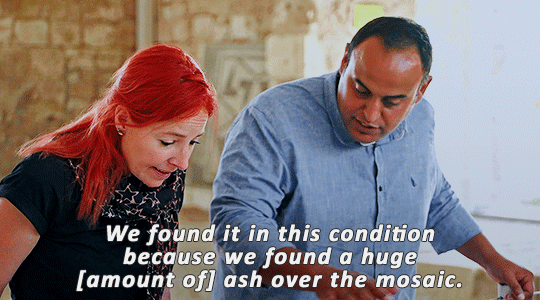
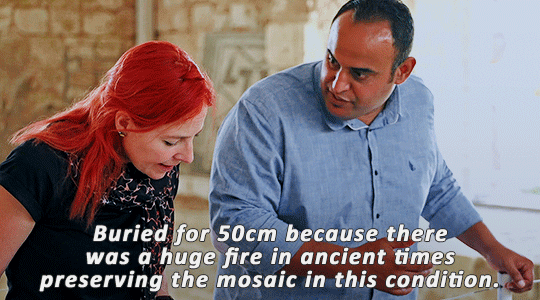
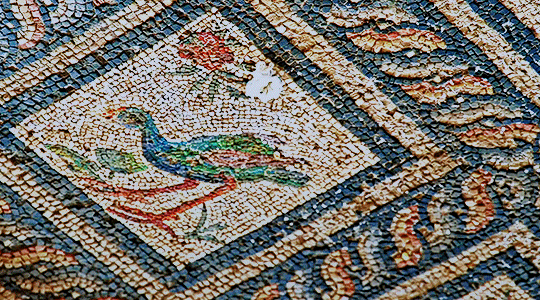
ANCIENT EGYPT BY TRAIN (2023) — 1.01 Alexandria
Site Director Mahmoud Abd El Rahman explains the preservation of the mosaics in the Villa of the Birds, Kom El Deka, Alexandria.
#egypt#ancient egypt#egyptology#archaeology#historyedit#documentary#gifsbyancientegyptdaily#doc: ancient egypt by train#alice roberts#roman egypt#mahmoud abd el rahman#2023
419 notes
·
View notes
Text


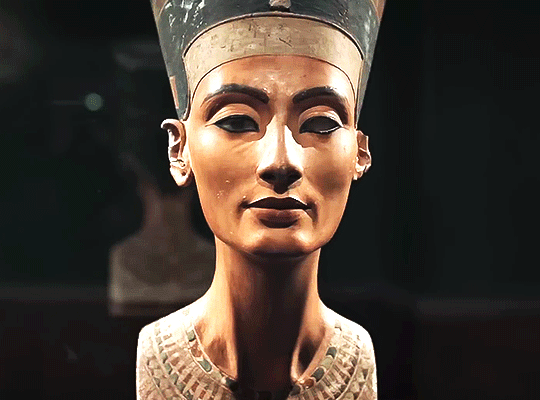
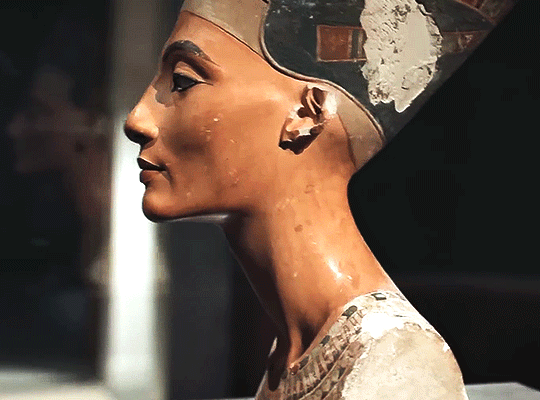
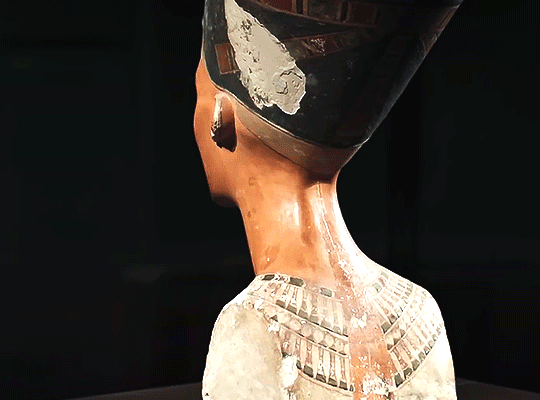
nefertiti: who does she belong to?
#nefertiti#queen nefertiti#nefertiti bust#neferneferuaten nefertiti#18th dynasty#ancient egypt#neues museum#akhenaten#echnaton#amarna#stolen artifacts#documentary#arte tv#gifs#berlin germany#egypt#egyptology
476 notes
·
View notes
Text
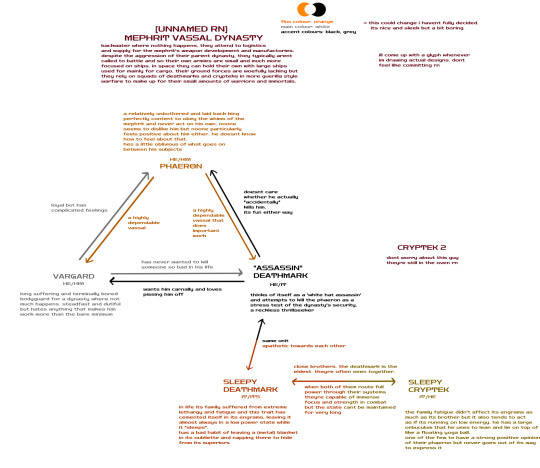
what i got rn
#if anyone um. is curious/cares/whatever then feel free to ask obviously#it would probably help me with ironing out details and stuff. normally i just let stuff come to me via dreams. u know how it is#the colours are just there to make this easier to look at#i was inspired abt watching documentaries abt ancient egypt and ppl commenting how their supply lines were super efficient#it makes sense that necrons need those too right...? more metals and blackstone... makes me wonder how costly resurrection is#also i forgot to add that not being very combat focused doesnt mean they wont start blasting unclean off their own mining planets
17 notes
·
View notes
Text
Why I (an archaeologist) don’t watch archaeological documentaries (warning loooong post).
I never doubt the local archaeologists who have to hang around in the background for good measure, but I have no need for a pretends-to-know-what-he’s-talking-about-presenter because production is too lazy to translate say Spanish or Arabic
Archaeology exist in two ways. Field archeo and desk archeo. No archaeologist, no matter how skilled he/she/they/them is, has the skill to do a full explanational analysis of everything he finds that day on the spot. They’re repeating old research and proposing possibilities. You have to wait until the comparative desk research and analysis is complete before you can say anything with confidence.
Once you notice it, you can’t unsee it. Have you heard anything in the news about a NatGeo archaeological dig being the big breakthrough? Just google the place or subject they’re “digging”, and as much as nothing will show up. That’s because the real results are either not as exiting (to the untrained eye), the results are simply not finished yet or they just filmed for a few days on site, put a story on it and called it a day. You can’t tell me that Thebes or Chichén Itzá is only being researched just once every three years or something.
I rather hear the local archaeology professor who’s spent their entire carrier on this site or subject than a whitewashing outsider
Archaeology doesn’t centre around Mayan kings, Egyptian pyramids or King Arthur. I’m more exited to hear about everyday life from a site or location I’ve never heard of before
Too many special effects? Field archaeology is expensive but everyone involved except for the field archaeologist wants to save money on everything. It’s not how real life works
STOP SAYING A SITE IS IMPORTANT BECAUSE YOU FOUND “TREASURES”!!! Archaeologists hype just as much on intact podzol or tertiary soil
“Wait until the scientists see this” is the one phrase that kills me every time. Archaeology is a science thank you very much (logos: Ancient Greek, meaning “science” boom. Knowledge drop). We’re not just university graded swimming pool diggers! Oh wait…
#documentary#documentaries#national geographic#natgeo#vikings#king tut#tutankhamun#chichen itza#Thebes#ancient egypt#ancient maya#king Arthur#field archaeologist#archaeology#archaeology problems#Indiana Jones#history#history meme#archaeology meme#anthropology meme#anthropology#meso america#ancient rome#science#scientific research#human nature
258 notes
·
View notes
Text
youtube
#ancientegypt#egyptology#Edgar Cayce#archaeology#pyramids#sphinx#documentary#ancient gods#ancient temple#hidden knowledge#mysticism#initiation#occult wisdom#inner transformation#egypt travel#ancient civilizations#ancient ruins#ancient history#ancient origins#Youtube
19 notes
·
View notes
Text
Cleópatra – Ancient Empires



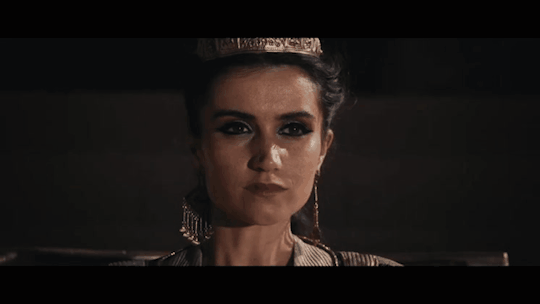


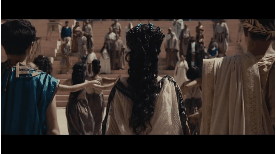

17 notes
·
View notes
Text
What kind of date can you take a mummy on? 🤔
A carbon date 😌
#crack#Egypt#me while watching documentaries about ancient Egypt#then rewatching The Mummy#the mummy#thank you brain#I can always count on you for entertainment#about this blogger trash
5 notes
·
View notes
Text
youtube
#ancient egypt#ancient civilizations#youtube#ancient history#ancient mystery#histoire#history#historia#historic#archaeology#explore#education#egyptian#egyptology#ancient egypt documentary#egypt#egypt tours#decumentary#documentary#classified documents#documentation#document translation#documentário#khufu pyramid#pharaoh atem#the great pyramid#pyramid head#pyramid of giza#pyramids#science
0 notes
Text
#ancient aliens#ancient#ancient egypt#ancient history#ancient aliens clips#ancient rome#ancient civilizations#ancient time travel#watch ancient aliens#ancient ufos#ancient ufo video#ancient aliens full episodes#time travel ancient aliens#ancient aliens scenes#history time#time#were there vegans in ancient times#proof of ancient egyptian time travel#ancient egypt documentary#ancient history documentary#time travel#ancient aliens history
0 notes
Text

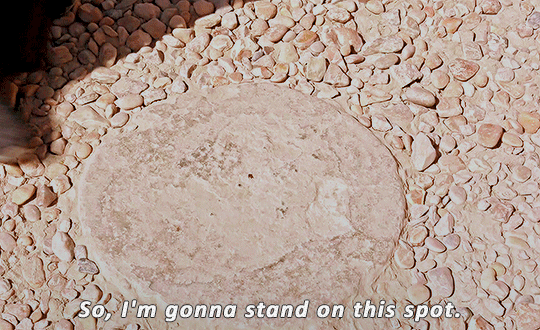
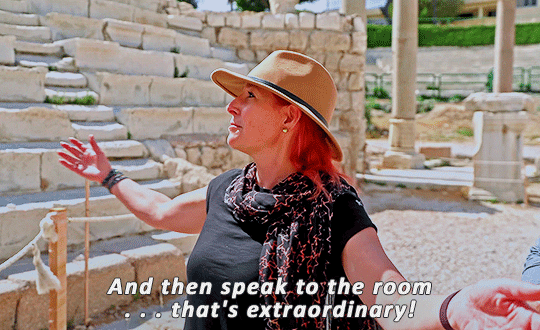

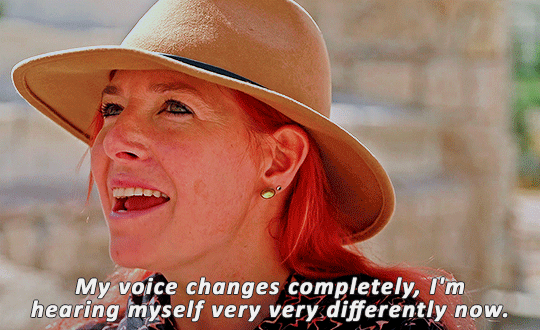

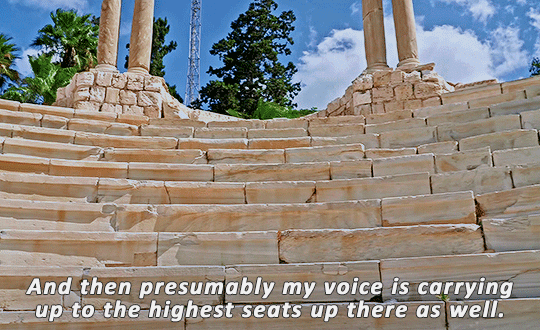
ANCIENT EGYPT BY TRAIN (2023) — 1.01 Alexandria
#egypt#ancient egypt#egyptology#archaeology#historyedit#mine#my edit#documentary#doc: ancient egypt by train#alice roberts#2023#alexandria#roman egypt#amphitheatre
404 notes
·
View notes
Text
Never mind Cleopatra – what about the forgotten queens of ancient Nubia?

by Yasmin Moll, University of Michigan
Jada Pinkett Smith’s new Netflix documentary series on Cleopatra aims to spotlight powerful African queens. “We don’t often get to see or hear stories about Black queens, and that was really important for me, as well as for my daughter, and just for my community to be able to know those stories because there are tons of them,” the Hollywood star and producer told a Netflix interviewer.
The show casts a biracial Black British actress as the famed queen, whose race has stirred debate for decades. Cleopatra descended from an ancient Greek-Macedonian ruling dynasty known as the Ptolemies, but some speculate that her mother may have been an Indigenous Egyptian. In the trailer, Black classics scholar Shelley Haley recalls her grandmother telling her, “I don’t care what they tell you in school, Cleopatra was Black.”
These ideas provoked commentary and even outrage in Egypt, Cleopatra’s birthplace. Some of the reactions have been unabashedly racist, mocking the actress’s curly hair and skin color.
Egyptian archaeologists like Monica Hanna have criticized this racism. Yet they also caution that projecting modern American racial categories onto Egypt’s ancient past is inaccurate. At worst, critics argue, U.S. discussions about Cleopatra’s identity overlook Egyptians entirely.
In Western media, she is commonly depicted as white – most famously, perhaps, by screen icon Elizabeth Taylor. Yet claims by American Afrocentrists that current-day Egyptians are descendants of “Arab invaders” also ignore the complicated histories that characterize this diverse part of the world. A relief depicting the Nubian Kandake Amanitore in the Egyptian Museum in Berlin. Sven-Steffen Arndt/Wikimedia Commons, CC BY-SA
Some U.S. scholars counter that ultimately what matters is to “recognize Cleopatra as culturally Black,” representing a long history of oppressing Black women. Portraying Cleopatra with a Black actress was a “political act,” as the show’s director put it.
Ironically, however, the show misses an opportunity to educate both American and Egyptian audiences about the unambiguously Black queens of ancient Nubia, a civilization whose history is intertwined with Egypt’s. As an anthropologist of Egypt who has Nubian heritage, I research how the stories of these queens continue to inspire Nubians, who creatively retell them for new generations today.
The one-eyed queen
Nubians in modern Egypt once lived mainly along the Nile but lost their villages when the Aswan High Dam was built in the 1960s. Today, members of the minority group live alongside other Egyptians all over the country, as well as in a resettlement district near the southern city of Aswan.
Growing up in Cairo’s Nubian community, we children didn’t hear about Cleopatra, but about Amanirenas: a warrior queen who ruled the Kingdom of Kush during the first century B.C.E. Queens in that ancient kingdom, encompassing what is now southern Egypt and northern Sudan, were referred to as “kandake” – the root of the English name “Candace.” A comic inspired by the story of Amanirenas. Chris Walker, Creative Director, Lymari Media/Wikimedia Commons, CC BY-SA
Like Cleopatra, Amanirenas knew Roman generals up close. But while Cleopatra romanced them – strategically – Amanirenas fought them. She led an army up the Nile about 25 B.C.E. to wage battle against Roman conquerors encroaching on her kingdom.
My own favorite part of this story of Indigenous struggle against foreign imperialism involves what can only be characterized as a power move. After beating back the invading Romans, Queen Amanirenas brought back the bronze head of a statue of the emperor Augustus and had it buried under a temple doorway. Each time they entered the temple, her people could literally walk over a symbol of Roman power.
That colorful tidbit illustrates those queens’ determination to defend their autonomy and territory. Amanirenas personally engaged in combat and earned the moniker “the one-eyed queen,” according to an ancient chronicler of the Roman Empire named Strabo. The kandakes were also spiritual leaders and patrons of the arts, and they supported the construction of grand monuments and temples, including pyramids. A pyramid of Kandake Amanitore amid the Nubian pyramids of Meroe. mtcurado/iStock via Getty Images Plus
Interwoven cultures and histories
When people today say “Nubia,” they are often referring to the Kingdom of Kush, one of several empires that emerged in ancient Nubia. Archaeologists have recently started to bring Kush to broader public attention, arguing that its achievements deserve as much attention as ancient Egypt’s.
Indeed, those two civilizations are entwined. Kushite royals adapted many Egyptian cultural and religious practices to their own ends. What’s more, a Kushite dynasty ruled Egypt itself for close to a century.
Contemporary Nubian heritage reflects that historical complexity and richness. While their traditions and languages remain distinctive, Nubians have been intermarrying with other communities in Egypt for generations. Nubians like my mother are proudly Egyptian, yet hurtful stereotypes persist. Hafsa Amberkab, right, and Fatma Addar, Nubian Egyptian women who compiled a dictionary, show off a Nubian lexical chart near Aswan in upper Egypt. Khaled Desouki/AFP via Getty Images
Today, some Black Americans embrace Cleopatra as a powerful symbol of Black pride. But the idea of ancient Nubia as a powerful African civilization also plays a symbolic role in contemporary Black culture, inspiring images in everything from cosmetics to comics.
Egyptian voices
Researchers do argue about Cleopatra’s heritage. U.S. conversations about her, however, sometimes reveal more about Western racial politics than about Egyptian history.
In the 19th century, for example, Western interest in ancient Egypt took off amid colonization – a fascination called “Egyptomania.” Americans’ fixation with the ancient civilization reflected their own culture’s anxieties about race in the decades after slavery was abolished, as scholar Scott Trafton has argued.
A century later, a 1990s advertisement for a pale-colored doll of queen Nefertiti sparked debate in the U.S. about how to represent her race.
Nefertiti’s bust – one of the most famous artifacts from ancient Egypt – is on display at a German museum. Egypt has called for the artifact’s return for close to a hundred years, to no avail. Even Hitler took a personal interest in the bust, declaring that he “will not renounce the queen’s head,” according to archaeologist Joyce Tyldesley. The famed and fought-over bust of Queen Nefertiti. Francis G. Mayer/Corbis/VCG via Getty Images
Even today, contemporary Egyptian perspectives are almost absent in Western depictions of ancient Egypt. Only one Egyptian scholar is interviewed in the new Netflix series’ four episodes, as he himself notes, and he is employed not by an Egyptian university, but by a British one.
For many Egyptians, this lack of representation rehashes troubling colonial dynamics about who is considered an “expert” about their past. The Netflix series “was made and produced without the involvement of the owners of this history,” argues the Egyptian journalist Sara Khorshed in a review of the series.
To be sure, there is anti-Black bias in Egyptian culture, and some of the social media reaction has been slur-filled and racist. Educating people about the stories of Nubian queens like Amarinenas might be a way to encourage a more inclusive understanding of who is Egyptian.
Yet I believe Egyptians’ frustrations about portrayals of Cleopatra also reflect long-standing concerns that their own understandings of their past are not taken seriously.
That includes Black Egyptians, like my mother. When I asked her if she planned to see the Cleopatra series, she shrugged. She already knows that queen’s story well from its many portrayals on screen, whether in Hollywood films or Egyptian ones.
“I will wait for the series on Amanirenas,” she said.
Yasmin Moll, Assistant Professor of Anthropology, University of Michigan
This article is republished from The Conversation under a Creative Commons license. Read the original article.
#media#television#anthropology#race#pop culture#egypt#netflix#ancient egypt#ancient civilizations#documentary film#film#TV#cleopatra#religion
5 notes
·
View notes
Text
'The Mysterious Blue Lotus Ritual Of The Ancient Egyptians | Private Lives Of Pharaohs | Parable' on YouTube
youtube
Fascinating docu about the forgotten link between the Egyptian blue lotus ritual, afterlife and sex in Ancient Egypt
#ancient egypt lotus#ancient egypt#blue lotus#religious history#documentary#video#medical plants#sacred plants#afterlife#Youtube
3 notes
·
View notes
Text

Stairway to Heaven at Karnak Temple, Egypt
#ancient egypt#stairway to heaven#temple of karnak#egyptian archaeology#metaphysical#pastfuture#documentary#resurrection#spiritualawakening
2 notes
·
View notes
Text
i have watched every single ancient history documentary on disney+ and netflix someone pls drop recs my lil adhd brain cant handle this hyperfixation without an outlet
#history#ancient history#documentary#movies#shows#adhd things#hyperfixation#history hyperfixiation#ancient egypt#ancient rome#adhd#college#university student
3 notes
·
View notes